The Forgotten Place: Stone Images from Kurkihar, Bihar
The present work provides a detailed study of the stone images found at Kurkihar. The material has been documented from a very early period: as early as 1847, Markham Kittoe visited the place, made drawings of images seen in situ and collected some of them, which are today displayed in the Indian Museum (Kolkata), the state Museum (Lucknow) and the British Museum (London). These sculptures and those still preservec and worshipped in the temple of the village are at the heart of the research presented here; study of them helped to define the characteristics of the local stylistic idion, and to recognize it in images recovered in various other sites of Bihar and Bangladesh and beyond in numerous images which found their way into private collections in India and abroad.
Kurkihar was a Buddhist site holding a major position in the artistic producation of the ninth century, waning thereafter without completely disappearing. In fact, the local monastery continued to be inhabited but seems to have remained aloof from the development which them completely reshaped Buddhism and its iconography. The producation of the stone atelier was simultaneously brought practically to an end around the beginning of the tenth century whereas the foundry stll preserved its activities up to the end of the eleventh century at least. In this context, the site lost the fame which it must have had in the ninth century-considering the fact that images carved in the local stylistic idiom were exported to far-away regions- and sank into oblivion, awaiting rediscovery in the nineteenth and twentieth century.
Get it now and save 10%
BECOME A MEMBER

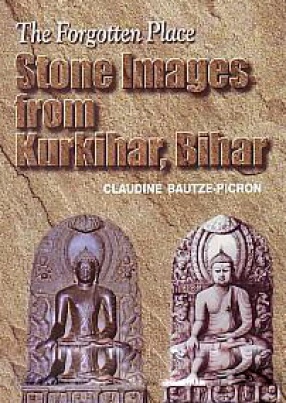
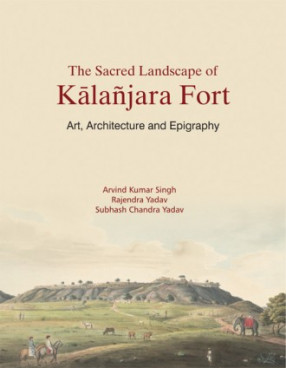
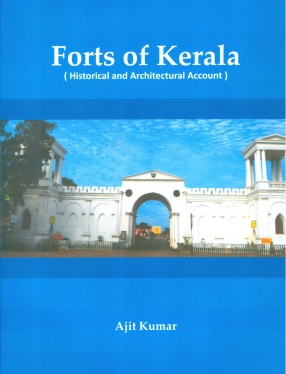
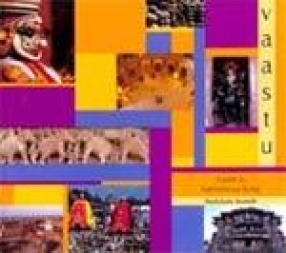
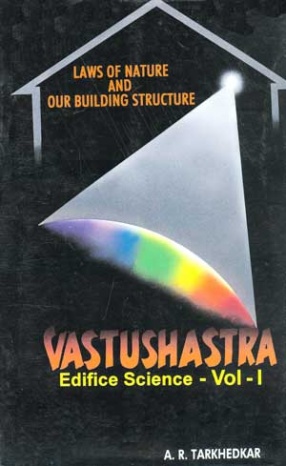

Bibliographic information